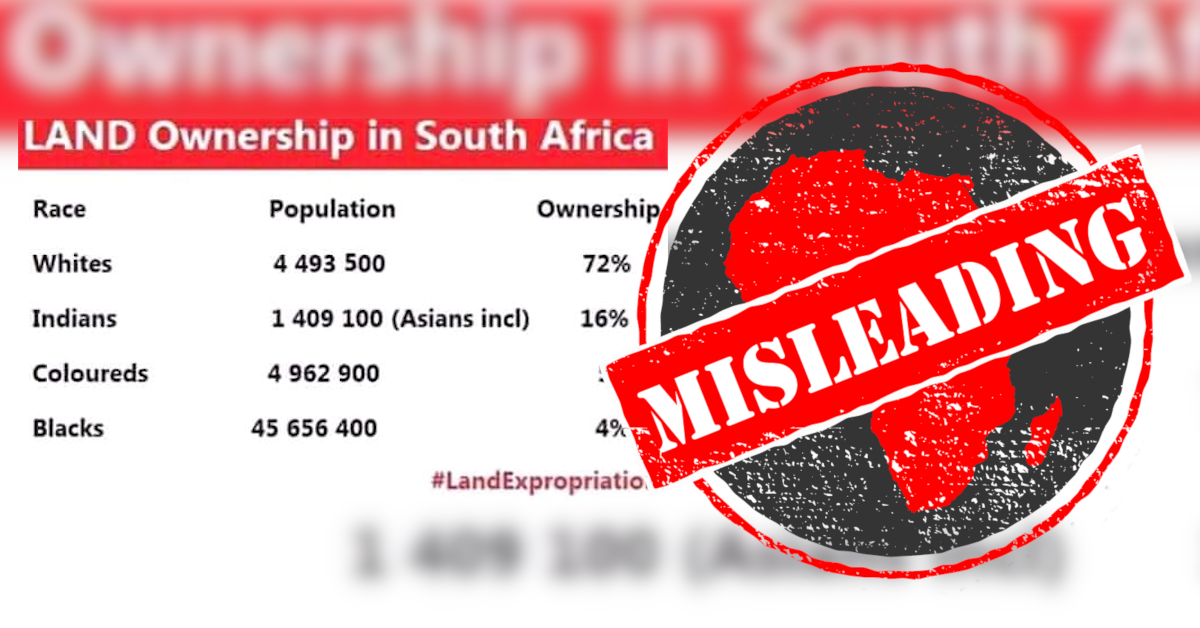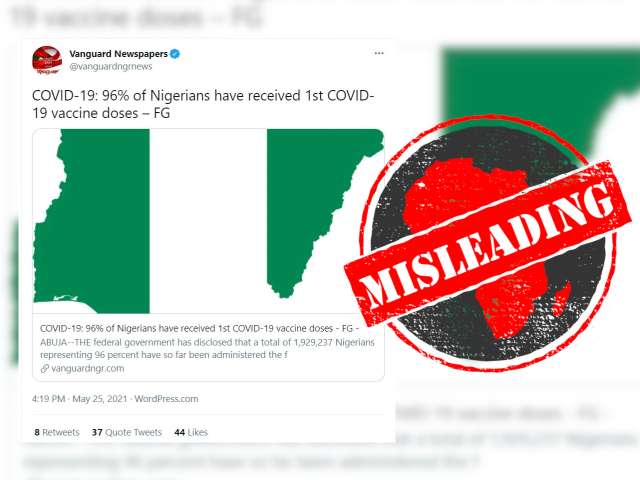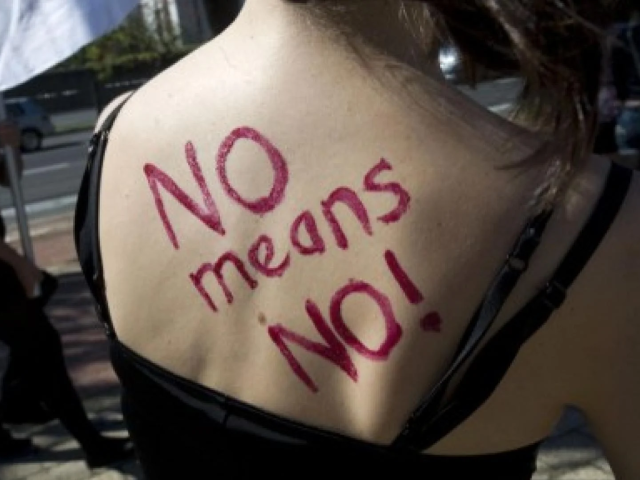As South African lawmakers work out the details of how to expropriate, or take away, land without paying compensation, land ownership remains controversial.
A table recently shared on Facebook makes multiple claims about land ownership and race.
The table lists four population groups – “Whites”, “Indians (Asians incl)”, “Coloureds” and “Blacks”. It says 72% of South African land is owned by white people, 16% by “Indians”, 5% by coloured people and 4% by black people.
Are these numbers accurate? We checked.

Two of the land ownership numbers in the table are similar to figures from the 2017 state land audit report. This report was published by the national department of rural development and land reform. But the table confuses individual ownership of farmland with ownership of all land in South Africa.
For example, according to the audit, white people owned 72% of farmland owned by individuals. This was 26,663,144 hectares or 22% of all land in the country.
(Note: The 2017 land audit only deals with privately owned land. It also only provides a breakdown by race for land owned by individuals and not for land owned by companies, trusts and organisations. Agricultural land is one of three types of land owned by individuals for which the audit gives a breakdown of ownership by race. The other two categories are erven – usually urban plots of land – and sectional title units, like those in townhouse complexes.)
According to the audit, black people owned 4% of farmland owned by individuals, which came to 1% of total land.
The table shared on Facebook not only confuses ownership of a specific category of land with ownership of all land, but also mixes up agricultural land owned by coloured and Indian people.
The land audit found that South Africans of Indian descent owned 5% of farmland owned by individuals, which came to 2% of all South African land.
Coloured people owned 14% of farms owned by individuals – or 4% of all land.
While it isn’t clear whether this error was deliberate, its effect is clear from a comment on the post: “Indians are [the] new masters on the block.”
The population numbers in the table shared on Facebook have been taken from Statistics South Africa’s 2017 mid-year population estimates.
Since the 2017 land audit is based on 2015 data, it would be more accurate to use the population estimates from that year.
However, the share each population group makes up of the total population was the same in 2015 and 2017.
An accurate version of the table would look like this:
Sources: State land audit (2017) and Statistics South Africa mid-year population estimates (2015)
*Land owned by people of different population groups, including “other”
** Used when the race of the owner could not be determined
– Liesl Pretorius
A table recently shared on Facebook makes multiple claims about land ownership and race.
The table lists four population groups – “Whites”, “Indians (Asians incl)”, “Coloureds” and “Blacks”. It says 72% of South African land is owned by white people, 16% by “Indians”, 5% by coloured people and 4% by black people.
Are these numbers accurate? We checked.

Farmland versus all land
Two of the land ownership numbers in the table are similar to figures from the 2017 state land audit report. This report was published by the national department of rural development and land reform. But the table confuses individual ownership of farmland with ownership of all land in South Africa.
For example, according to the audit, white people owned 72% of farmland owned by individuals. This was 26,663,144 hectares or 22% of all land in the country.
(Note: The 2017 land audit only deals with privately owned land. It also only provides a breakdown by race for land owned by individuals and not for land owned by companies, trusts and organisations. Agricultural land is one of three types of land owned by individuals for which the audit gives a breakdown of ownership by race. The other two categories are erven – usually urban plots of land – and sectional title units, like those in townhouse complexes.)
According to the audit, black people owned 4% of farmland owned by individuals, which came to 1% of total land.
The table shared on Facebook not only confuses ownership of a specific category of land with ownership of all land, but also mixes up agricultural land owned by coloured and Indian people.
The land audit found that South Africans of Indian descent owned 5% of farmland owned by individuals, which came to 2% of all South African land.
Coloured people owned 14% of farms owned by individuals – or 4% of all land.
While it isn’t clear whether this error was deliberate, its effect is clear from a comment on the post: “Indians are [the] new masters on the block.”
Population numbers
The population numbers in the table shared on Facebook have been taken from Statistics South Africa’s 2017 mid-year population estimates.
Since the 2017 land audit is based on 2015 data, it would be more accurate to use the population estimates from that year.
However, the share each population group makes up of the total population was the same in 2015 and 2017.
An accurate version of the table would look like this:
Farms and agricultural holdings owned by individuals in South Africa (2015)
| Race | Ownership share | Population | Population share |
| White | 72% | 4,534,000 | 8% |
| Indian/Asian | 5% | 1,362,000 | 2.5% |
| Coloured | 14% | 4,832,900 | 9% |
| Black | 4% | 44,228,000 | 80.5% |
| Co-owned* | 1% | n/a | n/a |
| Other** | 3% | n/a | n/a |
Sources: State land audit (2017) and Statistics South Africa mid-year population estimates (2015)
*Land owned by people of different population groups, including “other”
** Used when the race of the owner could not be determined
– Liesl Pretorius
Republish our content for free
For publishers: what to do if your post is rated false
A fact-checker has rated your Facebook or Instagram post as “false”, “altered”, “partly false” or “missing context”. This could have serious consequences. What do you do?
Click on our guide for the steps you should follow.
Publishers guideAfrica Check teams up with Facebook
Africa Check is a partner in Meta's third-party fact-checking programme to help stop the spread of false information on social media.
The content we rate as “false” will be downgraded on Facebook and Instagram. This means fewer people will see it.
You can also help identify false information on Facebook. This guide explains how.




Add new comment